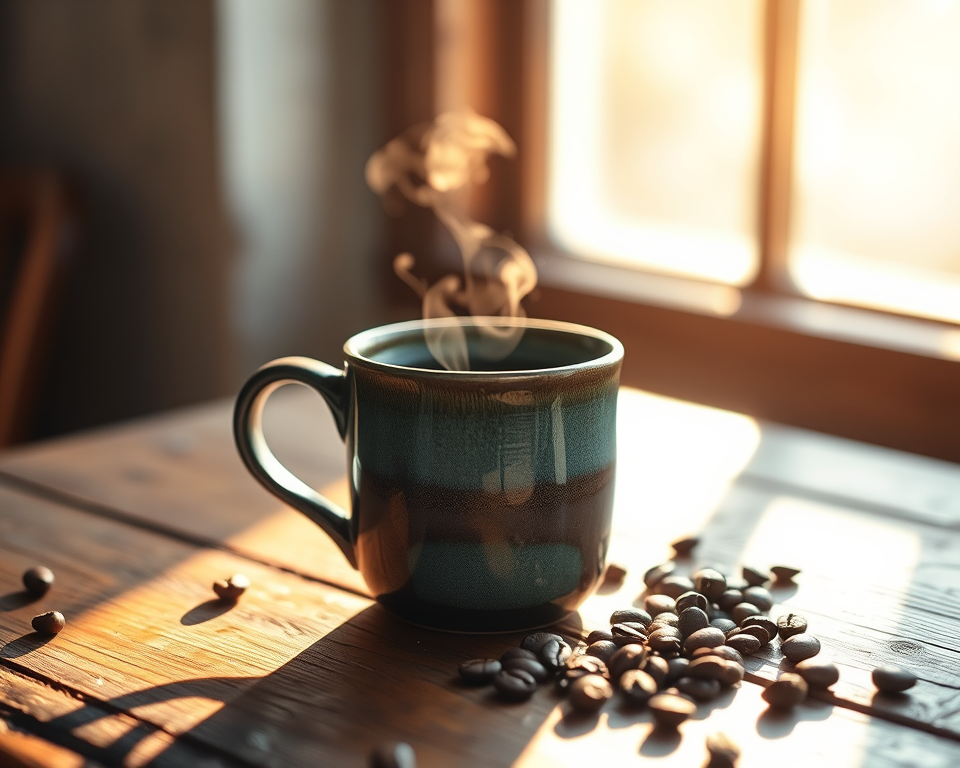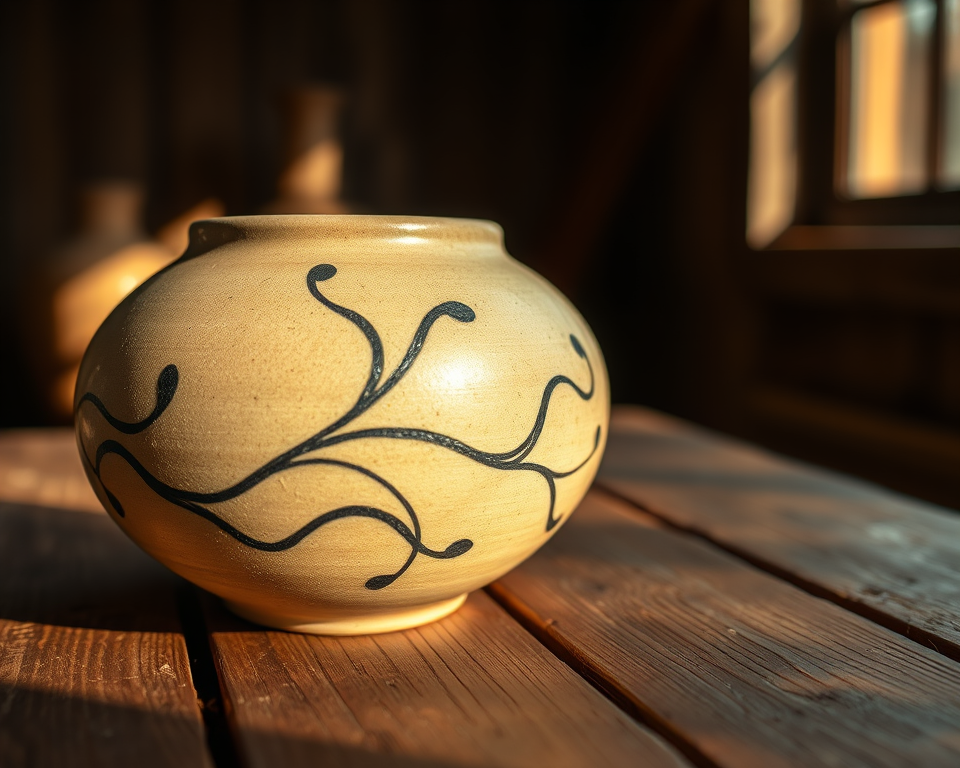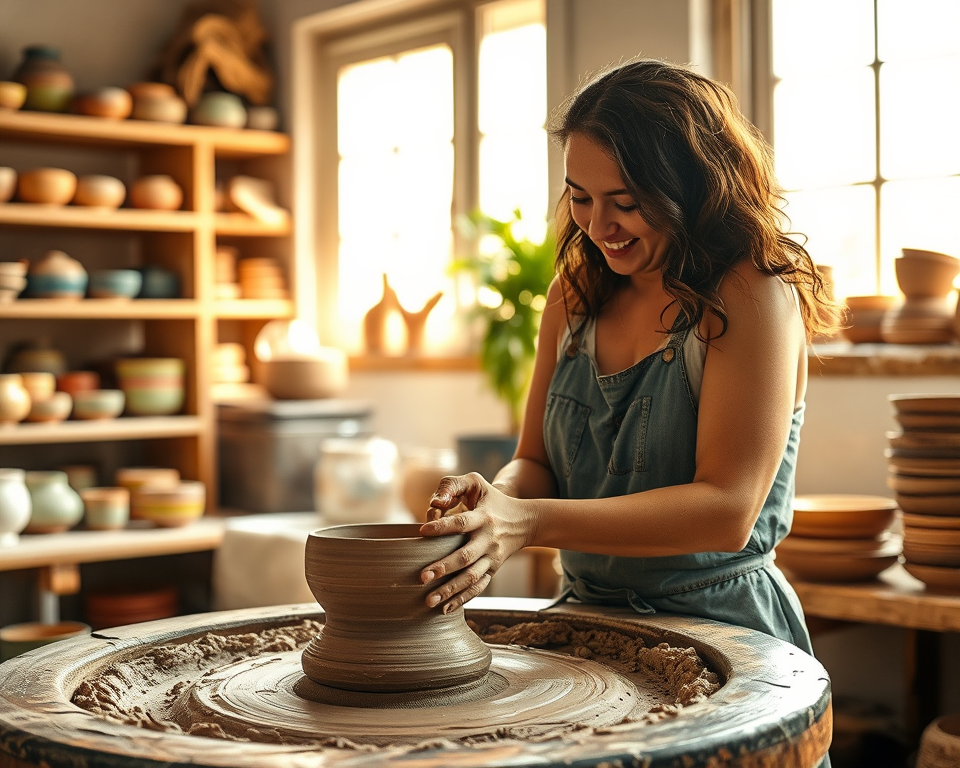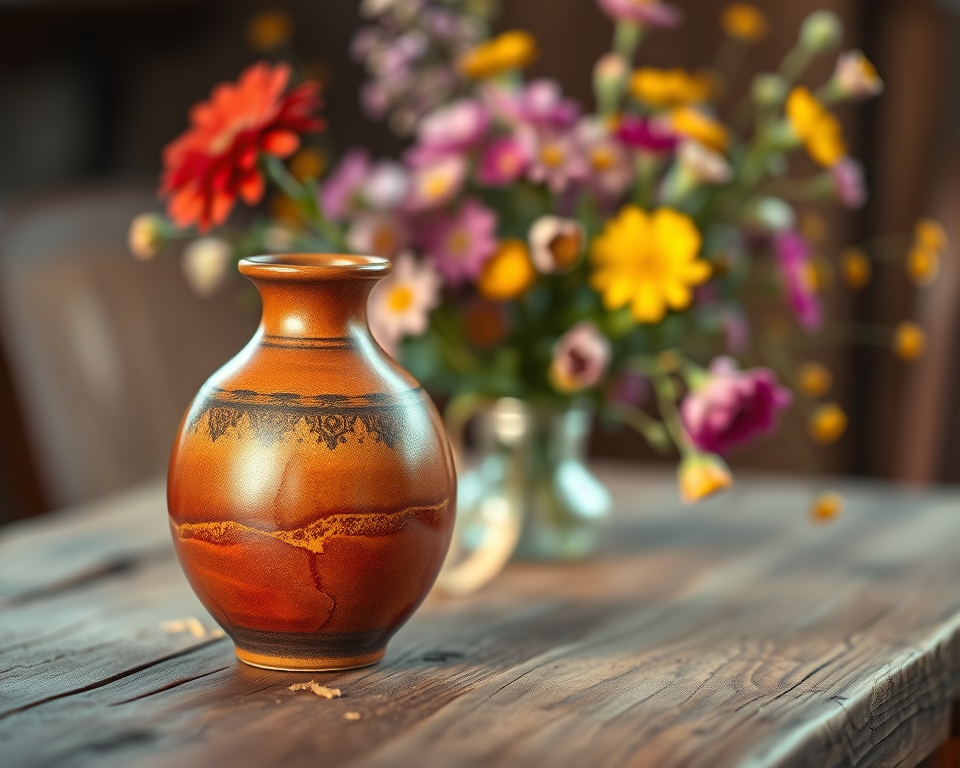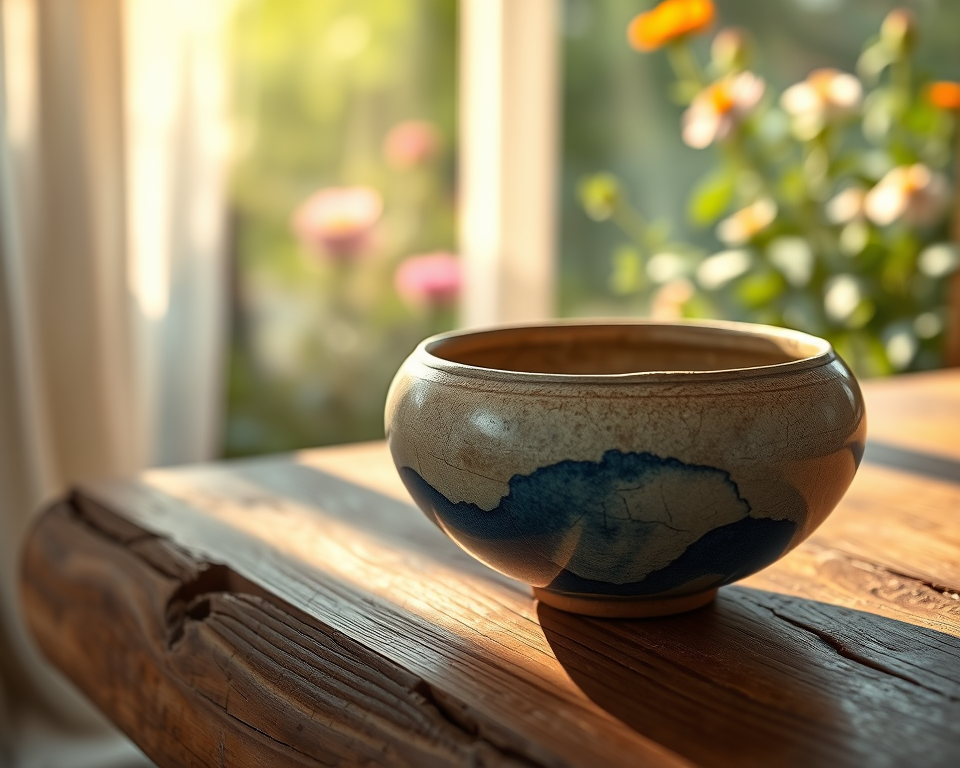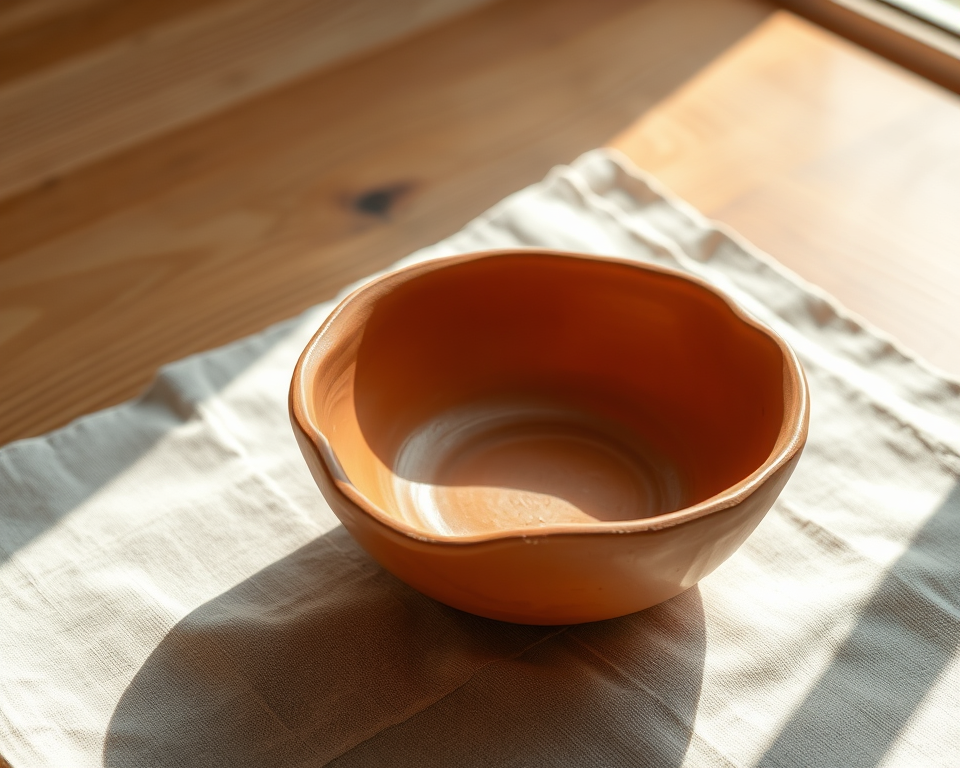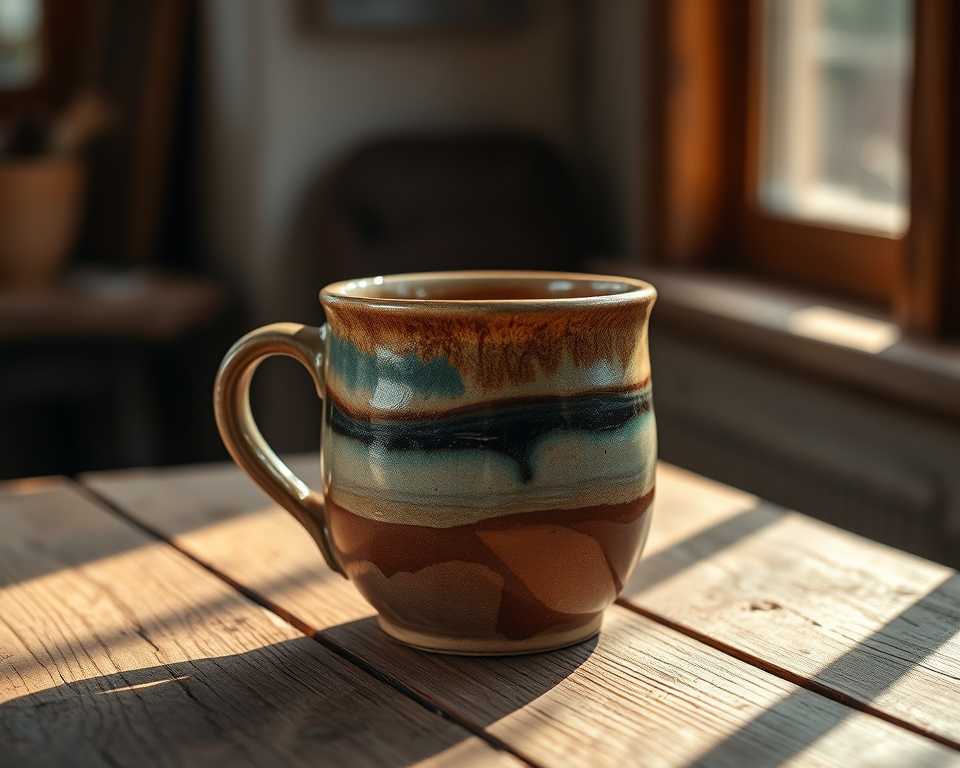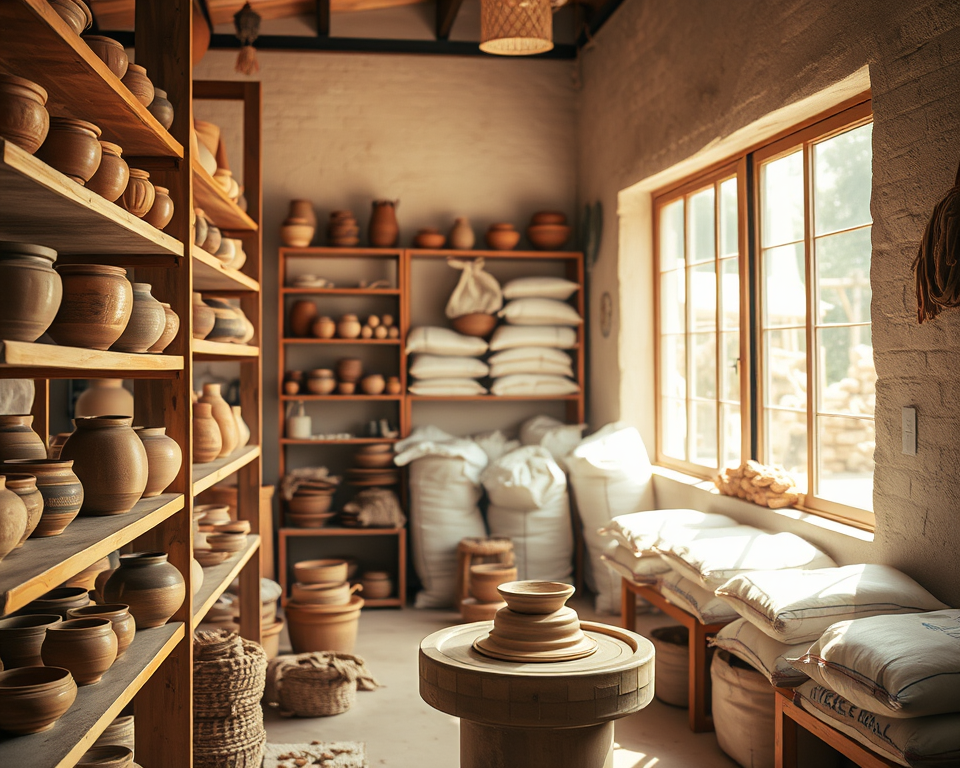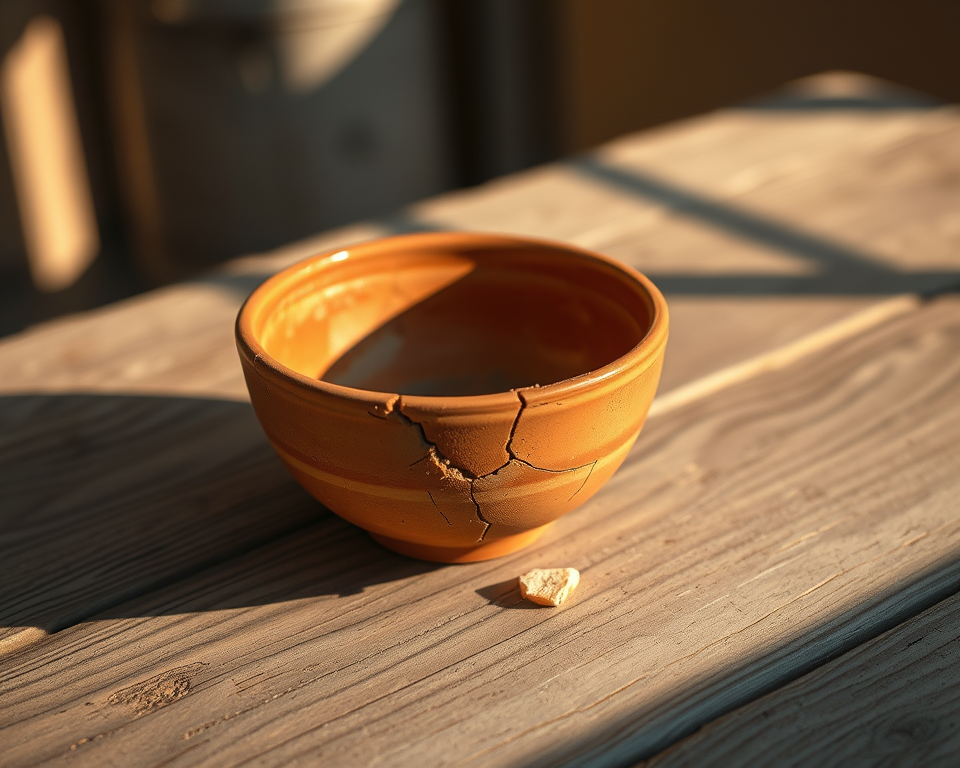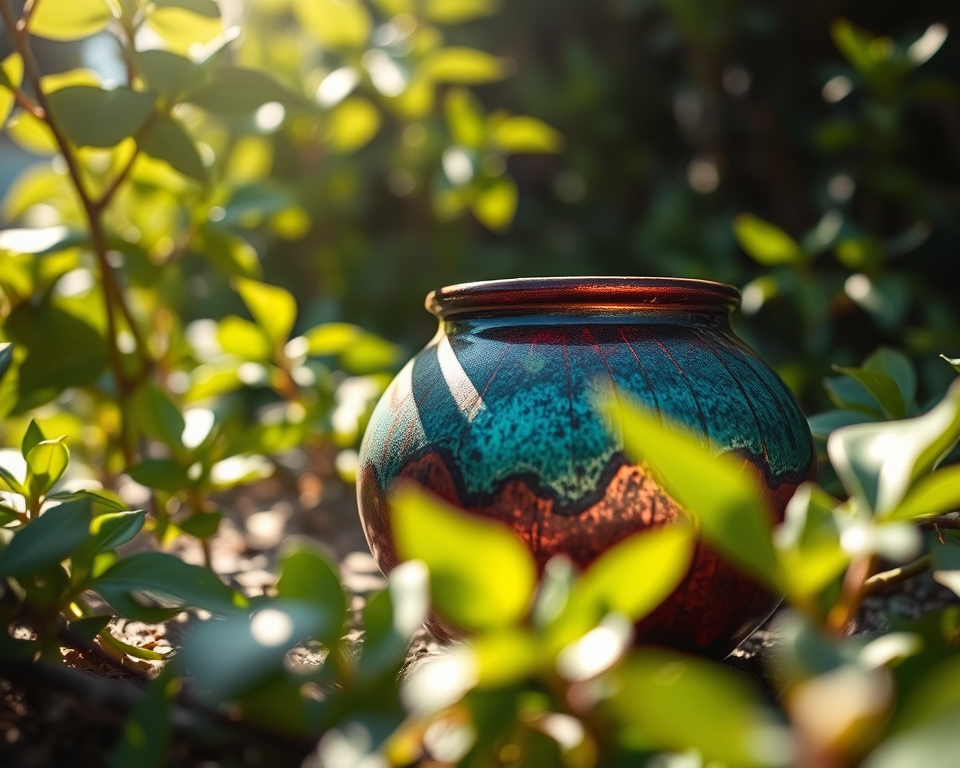When I first started using pottery for my morning coffee, I was totally stoked. I mean, who wouldn’t want to sip from a beautifully handcrafted mug? But as I dug in deeper, I realized there’s a lot more to this charming drinkware than meets the eye. You see, while pottery can add a personal touch
Author: Lila Emerson
Hi, I’m Lila! I’ve been captivated by the art of pottery for as long as I can remember. From the moment I first touched clay, I knew I had found my passion. Through my website, CraftedInClay.com, I share my love for pottery, offering tutorials, tips, and inspiration for anyone eager to discover, learn, and master the art of pottery. Whether you're a beginner or a seasoned artist, I’m here to help you shape your creative vision into something beautiful!
Exploring the Artistry of Horsehair Pottery Today
When I first laid eyes on a piece of horsehair pottery, I was completely captivated. The delicate wisps of hair hugging the curves of the ceramic, the smoky patterns evoking a sense of history and culture—it was as if I was holding a story in my hands. For anyone curious about the art of horsehair
Why Pottery is Captivating a New Generation Today
I can’t help but feel energized whenever I walk into a pottery studio. It’s a haven of creativity, where every click and squish of clay brings people together in a shared experience that’s surprisingly profound. Pottery’s resurgence isn’t just a fleeting trend—it’s an artistic movement that’s captivating a new generation for reasons that are downright
Explore Pottery Clay Types and Their Unique Benefits
Ever looked at a beautiful ceramic piece and thought, How did they create that? If you’re anything like me, you’ve probably felt a surge of curiosity about pottery making and, let’s be real, maybe even a twinge of jealousy at someone’s killer creations. The essential ingredient in this art? Yep, you guessed it—pottery clay! Whether
Protect Your Pottery with These Easy Care Steps
When I first started collecting pottery, I was utterly enchanted by how each piece told a story, almost like it was whispering secrets from a time long gone. But as I quickly learned, with great beauty comes great responsibility! Keeping those stunning pieces safe from chips, scratches, and the elements—that’s the real challenge. So, if
Essential Techniques for Air-Drying Pottery Effectively
When I first started working with clay, I remember the excitement of sculpting a piece that came straight from my imagination. But let me tell you, the air drying process was like the wild card of my pottery journey! I would create these beautiful bowls, only to have some of them crack during drying. Ugh,
Understanding Pottery Vessels: Their Importance Today
There’s something inherently captivating about pottery vessels. Whether it’s a sleek, modern bowl or a rustic, hand-thrown mug, these creations tell stories of artistry, culture, and history. If you’ve ever thought about diving into the world of pottery (oops, not using that word!), you’re not alone. Many people search for more than just aesthetics—they’re often
Understanding the Components of Clay
Clay is an exciting material used in pottery that comes from tiny particles of silicate minerals. The main types of these minerals in clay are kaolinite, illite, and montmorillonite. Let’s break this down a bit! Clay: This is a soft, sticky material when wet and can be shaped into various forms. When it dries and
How to Fix Cracked Pottery: Simple Solutions Explained
Pottery is not just a craft; it’s an expression of creativity and a labor of love. But let’s be real: there’s nothing more disheartening than spotting a crack in your beloved piece that you thought was perfect. Maybe you spent hours crafting that unique bowl or mug, only to see it develop a fault that
Raku Pottery: The Art and Culture Behind the Craft
When I first stumbled upon raku pottery, I was instantly captivated by its unique beauty. Each piece seemed to tell a story, echoing centuries of Japanese tradition intertwined with artistic flair. Maybe you’re like I was—curious about what makes raku pottery so special, why it’s got this cult following, or even how to start practicing

